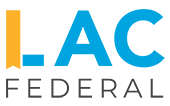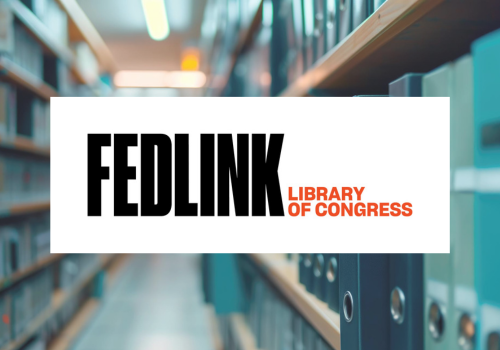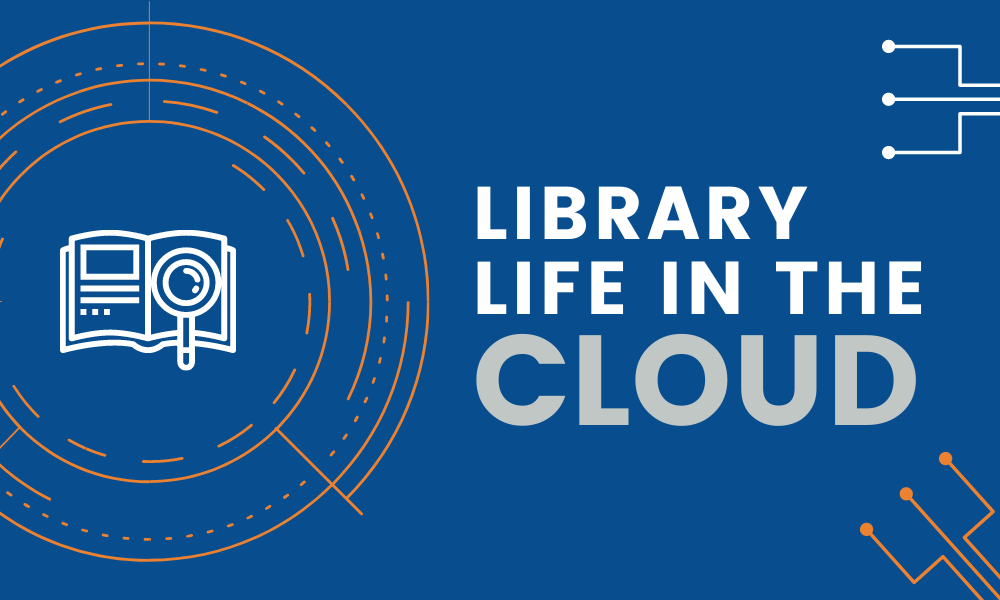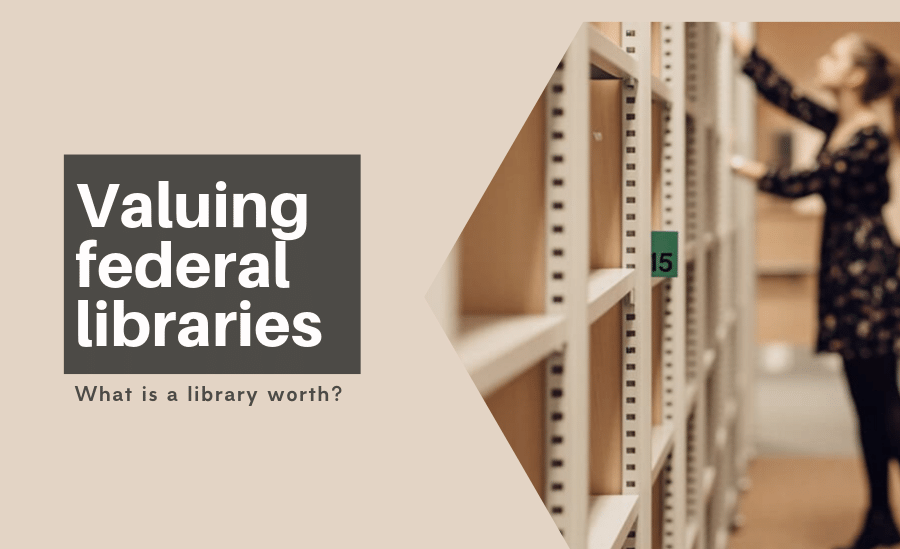In the Information Age, where every person has in their hands a device capable of accessing the cumulative knowledge of mankind, libraries and librarians often seem to be a quaint anachronism.
Libraries are still struggling to shake off the image of dusty card catalogs and out-of-date books, and they are increasingly successful at this. Just witness the recent incident when Forbes published an opinion article by an economist calling for the closure of all public libraries, positing that it would save taxpayer money and that Starbucks and Amazon would fill the void. The outcry resulted in Forbes removing the article and issuing the statement, “Libraries play an important role in our society.”
More and more, librarians must become advocates, marketers and outreach specialists to engage with their user communities. In so doing, librarians create their own best advocates but also have an opportunity to improve their services.
Marketing and outreach activities provide librarians and other information professionals with an opening to:
- Educate their user communities about the services and products they provide
- Learn from their users more about their needs and desires
A good marketing and outreach program should be interactive, incorporating feedback to continuously improve services to meet user needs.
The library as information resource and educator
One of the downsides to the easy accessibility of information is that users too often don’t understand the work necessary to maintain information systems. These systems may include catalogs, commercial and public databases, institutional repositories and so on. They may also lack the ability to discern the quality of the information and its source, especially if it is outside their area of professional expertise. Librarians and information professionals have a duty to become educators to help users develop information literacy which includes teaching them how to find and evaluate relevant information so that they do not use the first source they find.
Promoting federal libraries and other special libraries
While public libraries are the most visible, special libraries such as federal agency libraries have an equally important role to play with unique outreach and educational needs.
Following are a few examples of effective tactics and plans in which LAC Federal’s federal team has been involved:
Standing open house at National Oceanic and Atmospheric Administration (NOAA) Central Libraries
LAC employees Hope Shinn, Erin Cheever and Katie Rowley have worked hand-in-hand with their federal counterparts to develop a broad range of outreach activities to draw in members of the NOAA community. Because of the size and organizational complexity of the agency and constant turnover, library staff cannot hold regular orientations for new staff. To get around this, LAC staff query the NOAA directory each month for new names and make a special effort to reach out to these individuals. In lieu of new employee orientations, NOAA holds a monthly event, “Coffee & Questions,” which is a standing open house. They provide orientations to their collections and services as well as free food, which Hope, Erin and Katie say is an essential part of their outreach efforts, though far from the most important.
Specialized training at Commerce Research Library (CRL)
Serving the U.S. Department of Commerce (DOC) headquarters in Washington, D.C., LAC employee Matt Phan works as a full-time marketing and outreach librarian at CRL. As Matt explains, the most important thing is to know the audience and what they need. One-on-one interaction with users and surveys have led CRL to focus heavily on training. Since many DOC employees are economists, analysts and related professions, training is often focused on helping them better use research databases such as Bloomberg Terminal. Staff can request training on specific resources or partake in regular training.
Diverse learning resources at Stephen Low Information Center (SLIC)
At the SLIC, which serves the Foreign Service Institute (FSI) of the U.S. Department of State, LAC Senior Librarian Genevieve Innes and Librarian Marla McGuire have spearheaded collaborations with FSI faculty and administrators to develop collections and outreach presentations for both faculty and students, with great results:
- Selected by the School of Language Studies as the best staff development presenter earlier this year, for the presentation entitled: “A Movable Feast of Language Learning Resources: An Introduction to the Stephen B. Low Library and Information Center.” The aim was to show instructors and other staff that the SLIC is an ever-changing repository of resources for their students.
- As a result of these and other efforts, circulation overall has increased by 16% over 2018 levels thus far, with a 41% increase in Romance language reading collections alone.
LAC librarians at SLIC also collaborate with faculty in developing window displays focusing on various relevant subjects related to FSI curricula based on the current courses being taught such as Baltic country independence movements, African history and the cultures and history of the Francophone world.
The library as knowledge creation hub
NOAA has been innovative in other ways, making the library a hub for knowledge-sharing through monthly “brown bag” lectures in which NOAA researchers are able to share in-progress research with their peers. These lectures are broadcast on the web using GoToWebinar and archived in the NOAA YouTube channel. Because of the popularity and success of the Brown Bag series, Library staff hardly need to solicit anymore. Beginning this year, they are also hosting a Summer Library Challenge. NOAA staff can earn points by performing various library-related activities including attending brown bags, adding their publications to the institutional repository and more. Winners get books, gift cards and other prizes. As noted above, the FSI SLIC is moving in the direction of becoming a collaboration space—both physical and virtual—by engaging instructors and students to ensure that the collections are dynamic and responsive to needs. As foreign relations and the needs of the foreign service corps are constantly evolving, the curriculum and hence the collections at FSI continuously evolve. By making instructors more integral to the process of collection development, they have more incentive to use its collections and to recommend them to their students.
CRL has grown its value as a collaboration and knowledge sharing venue through a concerted effort to turn its beautiful facilities into an events space. In addition to the training discussed above, CRL has become DOC’s go-to space for lectures and talks from experts inside and outside the agency.
CRL invested in the technology to live-stream events from the main reading room through WebEx. They host a number of lecture series such as Around the Bureaus, where agency leaders from DOC and its daughter agencies present on current research or agency initiatives. LAC resident contractor Matt Phan also brings in lecturers and speakers on relevant talks including authors and researchers from The Economist, recording each event, gaining copyright permission and making it accessible through the online catalog.
Library outreach for innovation
LAC staff have used their outreach activities to develop new services and information products. At NOAA, LAC staff helped to introduce a bibliometrics program that enables NOAA researchers to track the impact of their research. At the National Library of Education (NLE), federal librarians and LAC Federal contract staff met with policy analysts who needed up-to-date information on education policies from each of the states. They had been obtaining this information individually by a variety of means including repeatedly asking NLE reference librarians for updates. The NLE, however, found a more efficient solution and developed State Information Portals that used dynamic queries of commercial and public databases, RSS feeds, news alerts and manually curated information to provide analysts with a dashboard of all the information they needed for their work. Not only did this meet user information needs, but it built a community of supporters who could advocate for the library internally.
Best practices and lessons learned
In speaking with the various outreach and marketing librarians, whether that is their full-time job or part of their work, staff reiterated several key takeaways:
- Know your audience. The core of any successful service organization, libraries included, is knowing the needs of the users. LAC staff have used a variety of formal and informal means to develop this knowledge including user surveys, feedback forms after events and discussions one-on-one with users as they work. Librarians need to know not just the users’ information needs, but also how they seek information, their expectations and their baseline of knowledge of resources and research tools.
- Measure your success. All LAC outreach and marketing librarians want to know where their best results come from, which can vary considerably based on the user community. At SLIC, they found success through engaging instructors; at NOAA and CRL, they found the most success in blast emails to agency staff. This can easily be measured by surveying users and attendees of how they heard about an event.
- Make it interactive and engaging. Provide opportunities for users to interact with the library and make it their own. At NOAA, staff can use the library to share their ideas through brown bag lectures or by earning points to win prizes. Similarly, at CLR, agency staff can reserve the library to talk about their latest book or article. At SLIC and NLE, user feedback led to new services or entirely new collection development strategies.
- Use all the tools you have. Many library tools can be repurposed to adapt to outreach and marketing needs. LAC staff at NOAA use LibGuides to post events, creating eye-catching graphics using free service like Canva. At CRL, staff uses the catalog to record and make available recordings of events. At STIC, staff uses their prominent location to develop window displays. Often email and the intranet can be used in creative and successful ways.
- Use food as a draw. Finally, many of our staff noted that simply providing food is an easy way to get a few new ears. This may not be possible in all facilities (please check with your supervisors!) but, where possible, enticing users into the library through treats or even prizes is a simple way to expand awareness.
Since we live in an era where most people are expected to do their own research, librarians have new challenges. We need to adapt our services to be facilitators, marketers and educators whose primary role is to aid our user communities in identifying the right resources for their needs. This requires getting out and actively engaging users to learn of their needs and developing resources and services that will improve their ability to discover, retrieve and accurately evaluate each resource.



